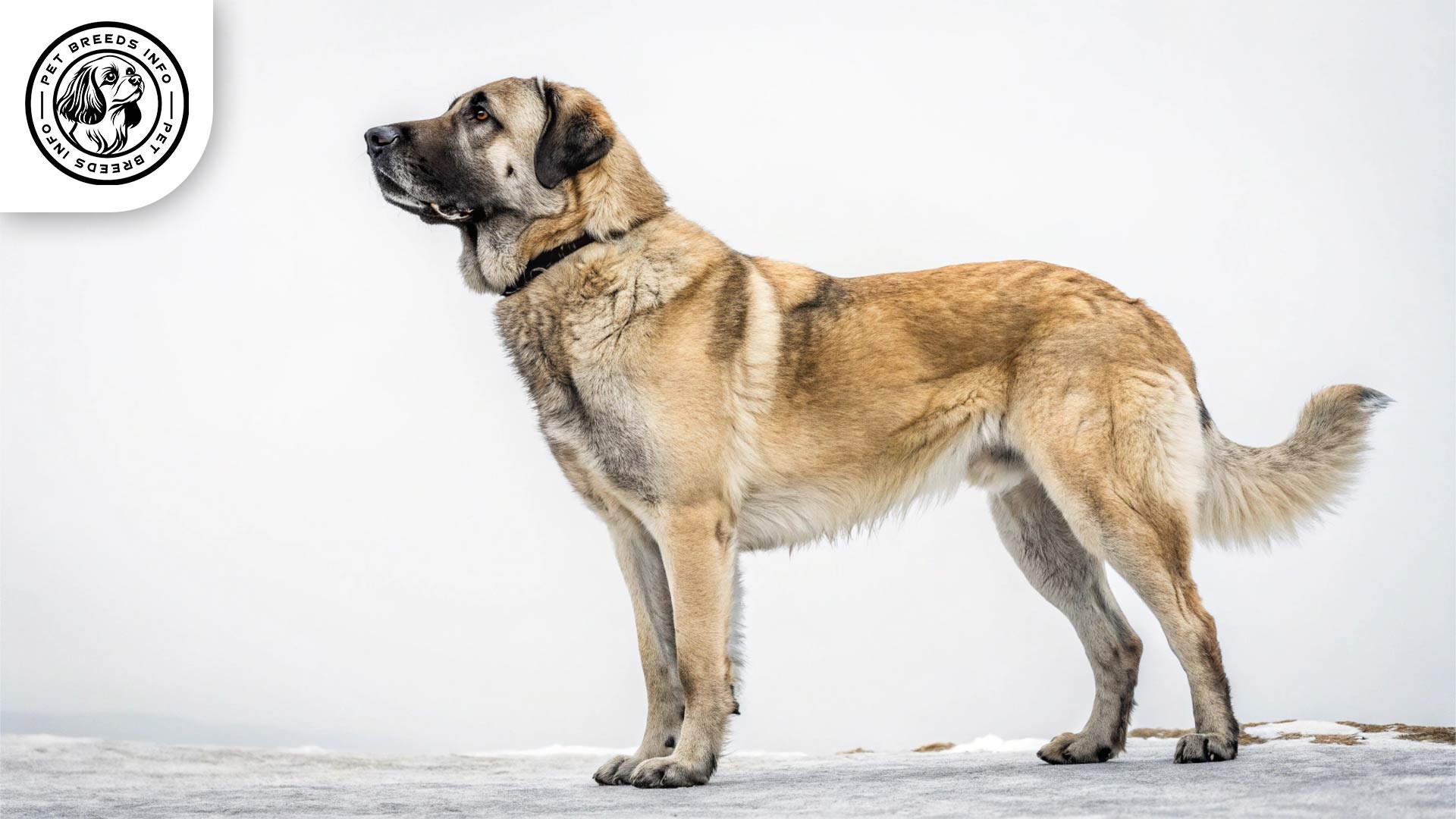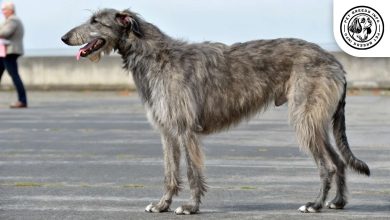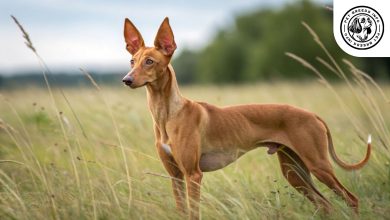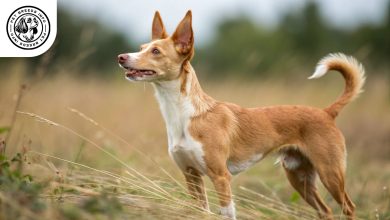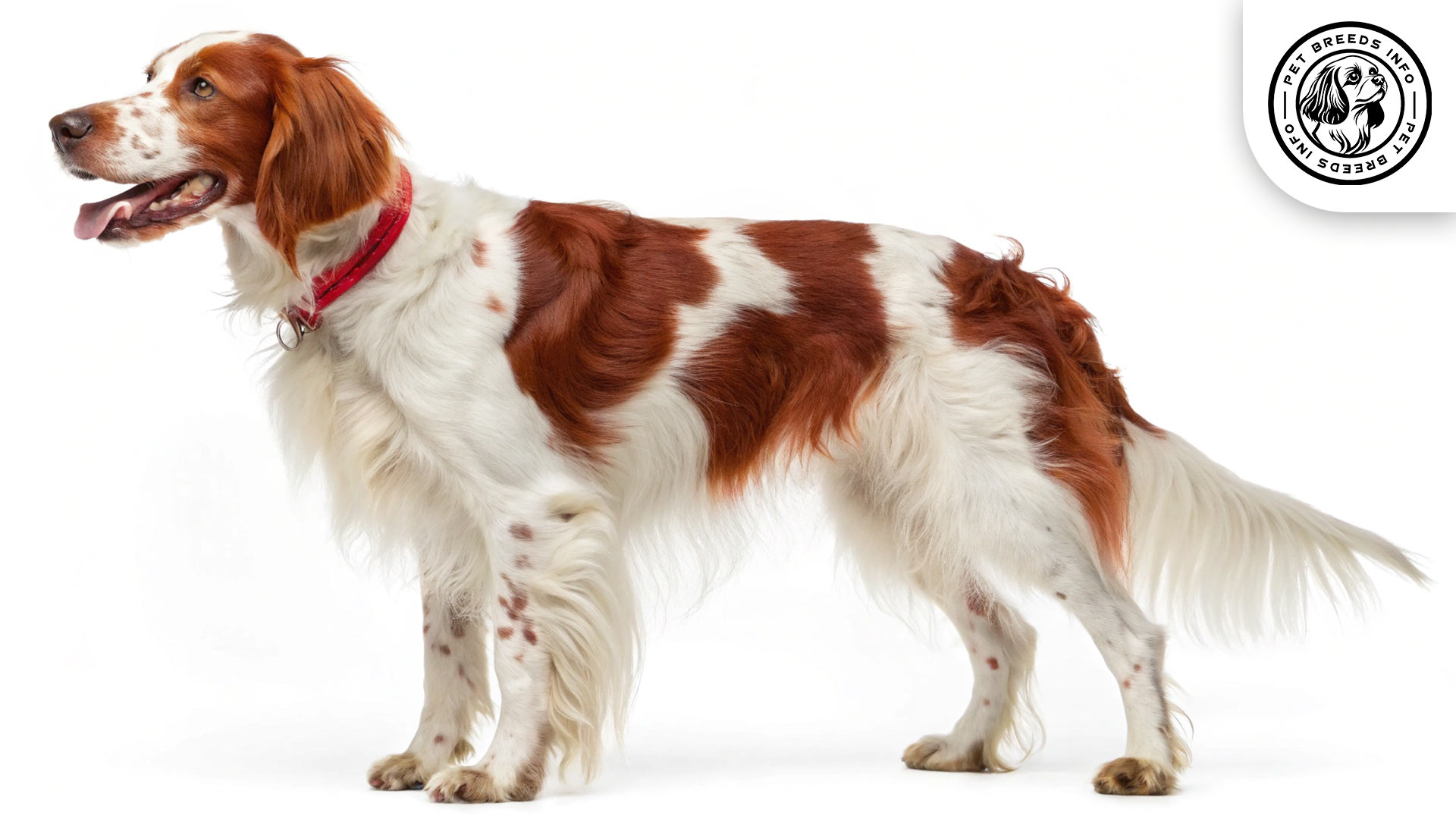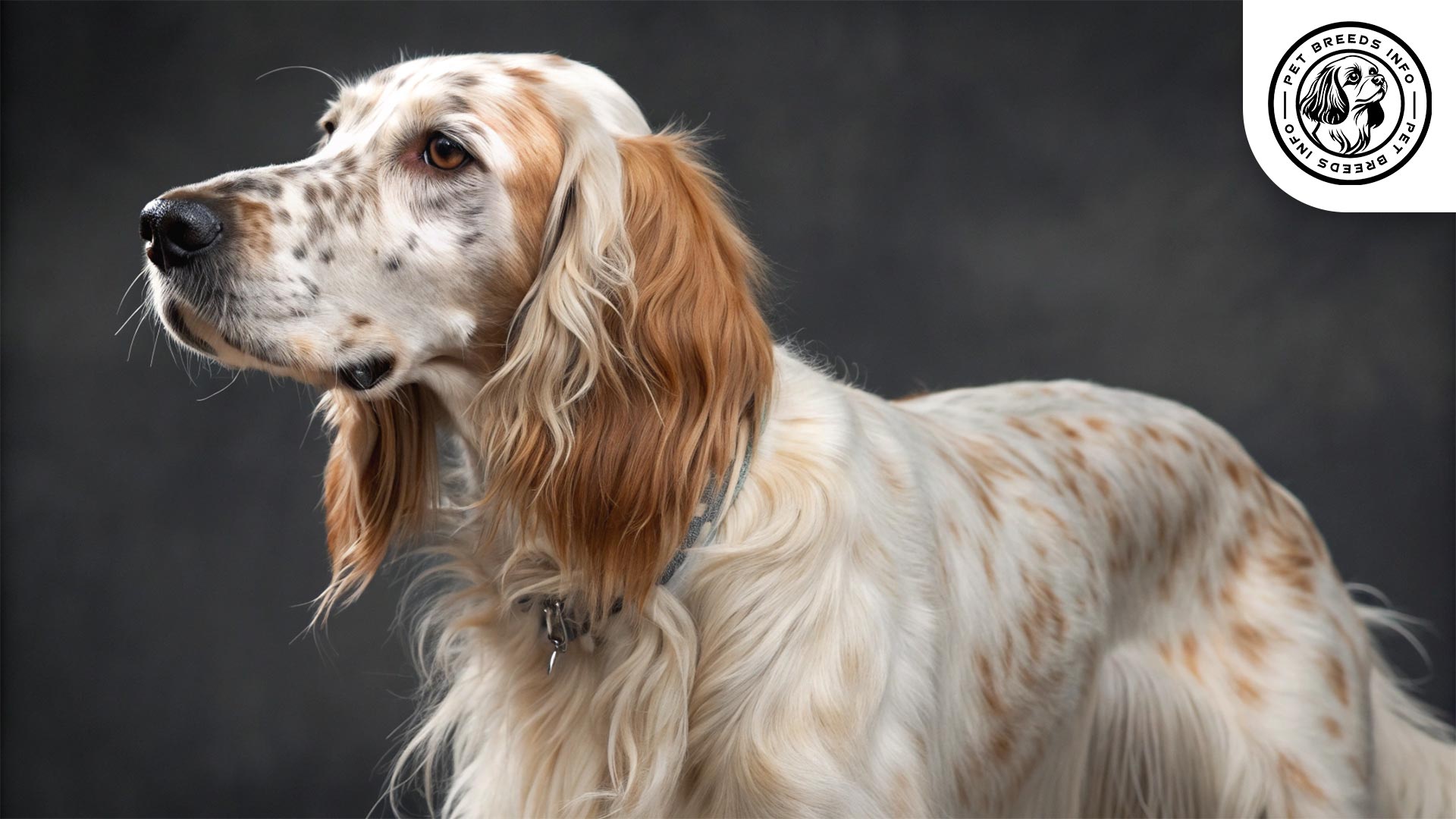Anatolian Shepherd Dog Breed: Size, Price & Personality
General Introduction of the Breed
The Anatolian Shepherd Dog, also known as the “Anadolu Çoban Köpeği,” originates from Turkey, where it has been used for centuries to guard livestock. Sometimes referred to as the “Turkish Kangal,” this breed was developed to protect flocks from predators such as wolves and bears. With a history dating back thousands of years, the Anatolian Shepherd remains a highly valued working dog in rural areas.
Table of Contents
| Weight | 80-150 lbs |
| Lifespan | 11-15 years |
| Diet | High-protein diet, dry/raw food |
| Care | Moderate grooming, regular exercise |
| Health | Prone to hip dysplasia, entropion, bloat |
| Color | Fawn, white, brindle, black mask |
| Nature | Protective, independent, loyal |
| Price | $800 – $2,500 |
Physical Characteristics
The Anatolian Shepherd is a large and powerful breed. Males typically stand between 29 to 32 inches tall and weigh 110 to 150 pounds, while females are slightly smaller, measuring 27 to 31 inches in height and weighing 80 to 120 pounds.
The breed has a short to medium-length double coat that is weather-resistant. Coat colors vary and may include fawn, white, brindle, or a combination of these with a black mask.
The eyes are medium-sized, almond-shaped, and typically dark brown. The ears are V-shaped, medium-sized, and tend to hang down close to the head. The tail is long and slightly curled, often carried high when the dog is alert.
Distinctive physical traits include a sturdy, muscular build, large paws, and a thick neck that adds to its formidable appearance.
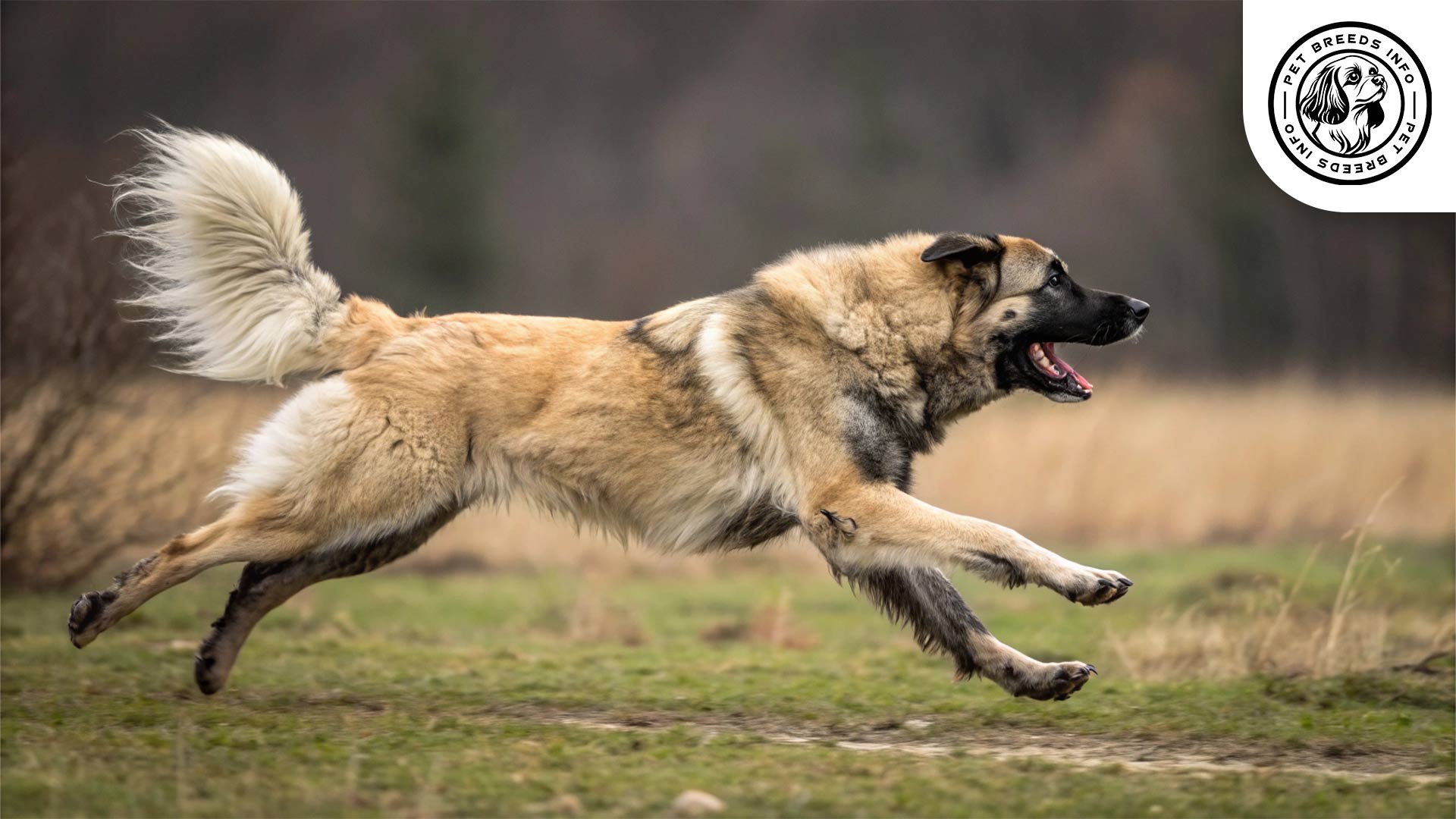
Personality and Temperament
The Anatolian Shepherd is highly intelligent and capable of independent thinking, which can sometimes make training challenging. This breed is highly alert and protective, making it an excellent guardian.
Although not overly active, it requires regular physical and mental stimulation to stay healthy. The Anatolian Shepherd forms strong bonds with its family but is often wary of strangers.
It is generally calm and gentle with children and familiar pets but may show dominance towards other animals if not properly socialized. Its strong protective instincts and wariness of new environments require consistent socialization from an early age.
Care and Maintenance Requirements
The Anatolian Shepherd requires daily exercise, such as long walks or time spent in a secure yard. It is not well suited for apartment living and thrives in homes with plenty of space.
The breed has moderate grooming needs. Shedding occurs year-round, with heavier shedding in seasonal changes. Weekly brushing is beneficial, with more frequent brushing required during shedding periods.
This breed is highly adaptable but does better in cooler climates due to its thick coat. It is important to provide adequate shade and water in warmer regions.
Read More: American Foxhound Dog
Routine hygiene care, including nail trimming, ear cleaning, and dental care, should be maintained to prevent infections and health issues.
Diet and Nutrition
The Anatolian Shepherd requires a high-quality diet, whether dry kibble, raw food, or home-prepared meals. Protein-rich food is essential to maintain muscle health.
Owners should avoid feeding chocolate, onions, grapes, and excessive dairy, as these can be harmful. Proper portion control is necessary to prevent obesity, with adults typically requiring two meals per day.
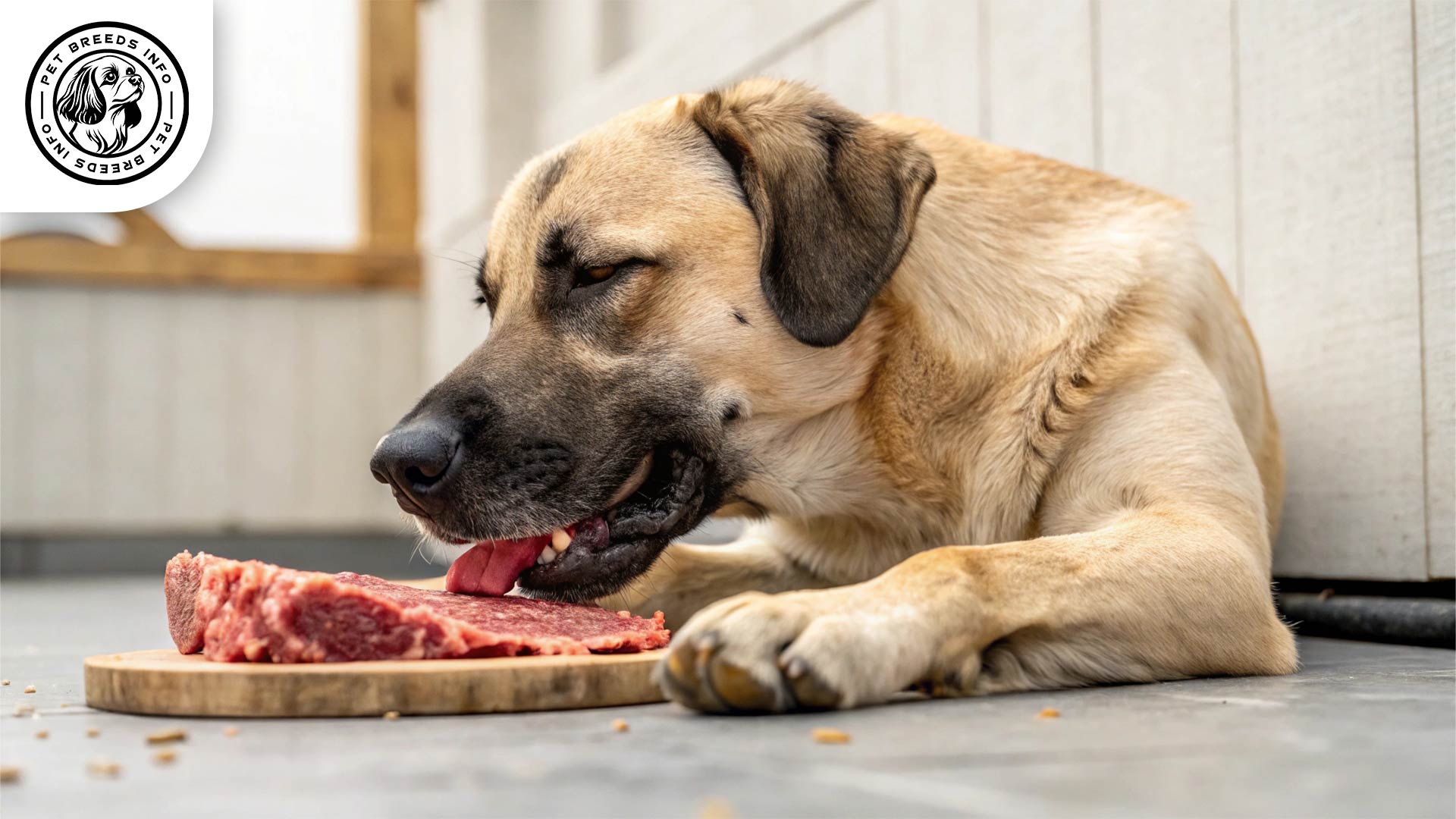
Health and Common Medical Issues
The Anatolian Shepherd is generally healthy but prone to certain genetic conditions. Common health concerns include hip dysplasia, entropion (eyelid issues), and bloat.
This breed has a lifespan of around 11 to 15 years. Routine vet check-ups, vaccinations, and preventative care are essential to maintaining its health.
Training and Behavior Management
The Anatolian Shepherd is intelligent but independent, making training a challenge for inexperienced owners. It responds best to confident, consistent training with firm but gentle leadership.
Read More: American Pit Bull Terrier Dog
Early socialization is crucial to prevent excessive territorial or aggressive behavior. Positive reinforcement techniques, such as treats and praise, work best for training.
Interaction with Other Animals and Humans
With proper training, the Anatolian Shepherd can be good with children and family members. However, due to its strong protective instincts, supervision around small pets is recommended.
This breed is best suited for experienced dog owners who understand the needs of guardian breeds. It is highly independent but still forms deep bonds with its owners.
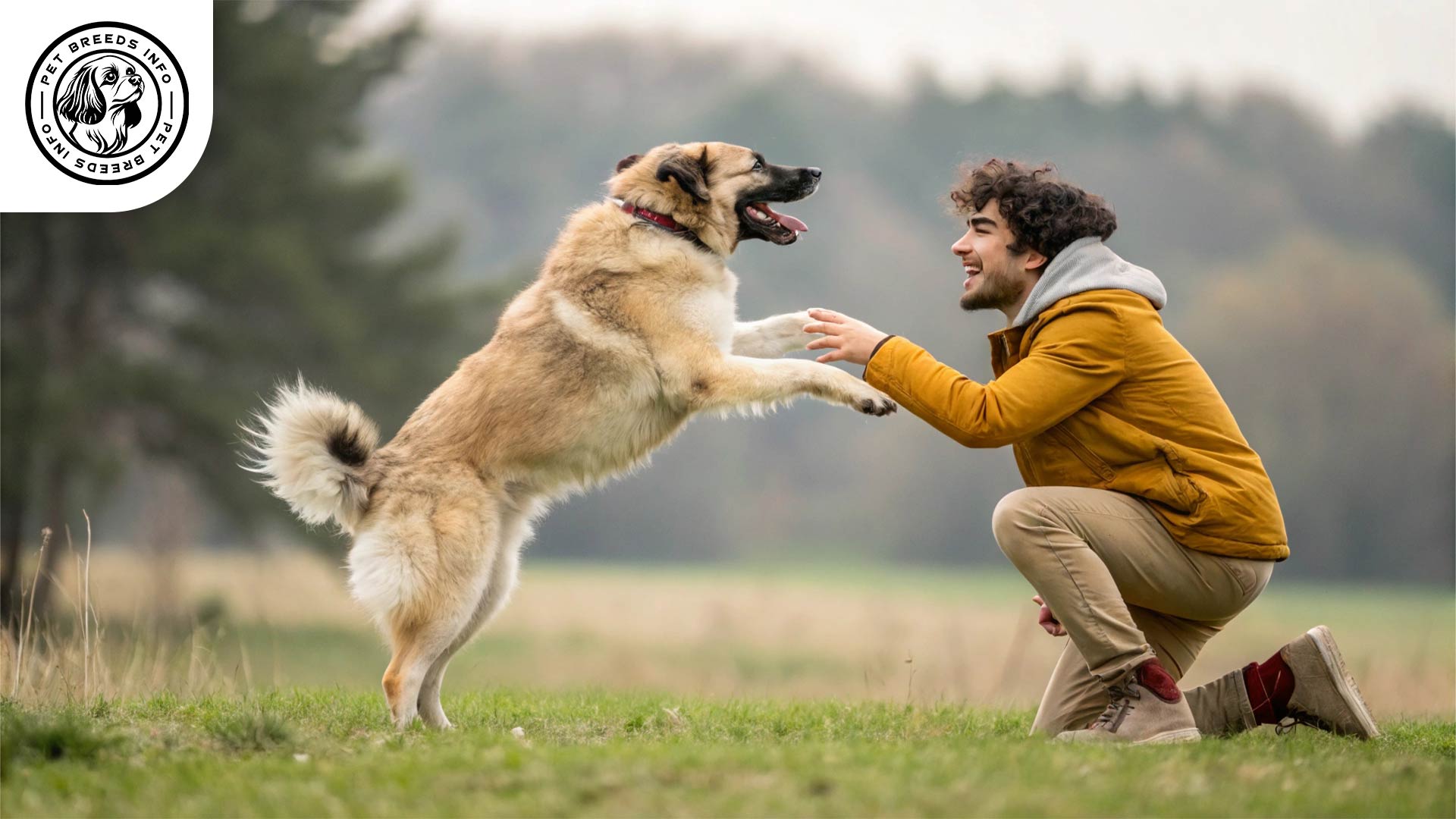
Price and Availability
The cost of purchasing an Anatolian Shepherd puppy typically ranges between $800 and $2,500, depending on the breeder and lineage.
Potential owners should seek reputable breeders who conduct health screenings or consider adoption from shelters and rescue organizations. Responsible breeding practices help ensure healthier dogs with better temperaments.
Conclusion and Final Thoughts
The Anatolian Shepherd Dog is a loyal and intelligent guardian breed best suited for owners with experience managing large dogs. It requires space, consistent training, and a strong commitment to socialization.
This breed thrives in rural or suburban environments with access to outdoor space. Proper care and training ensure that the Anatolian Shepherd is a reliable and devoted companion.
Read More: American Staffordshire Terrier Dog
Prospective owners should consider the breed’s strong protective instincts, exercise needs, and independent nature before bringing one into their home.
FAQ
Is the Anatolian Shepherd Dog good with families?
Yes, it is loyal and protective of its family, including children, but requires proper training and supervision.
Does this breed get along with other pets?
It may show dominance toward other animals, so early socialization is important for compatibility.
How much exercise does an Anatolian Shepherd need?
It requires daily exercise, such as long walks or yard time, but is not as hyperactive as some breeds.
Is this breed easy to train?
No, it is independent and requires firm, consistent training from an experienced owner.
